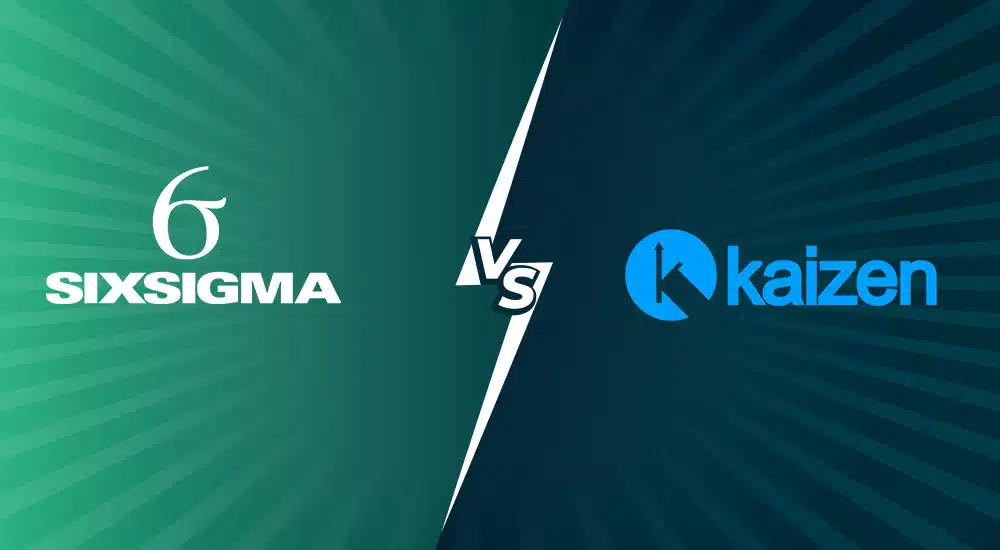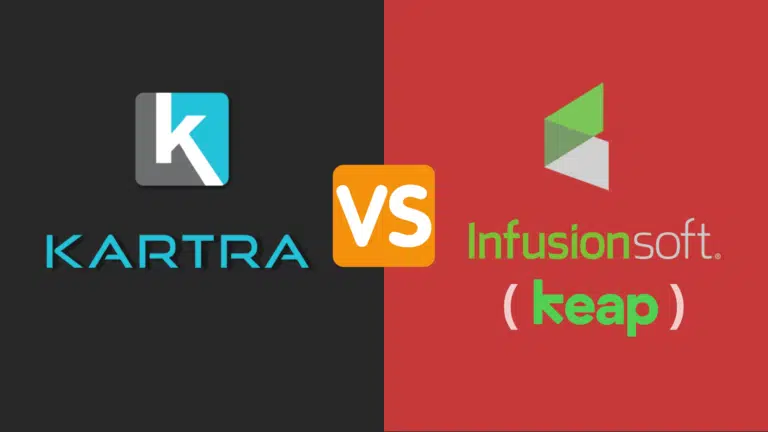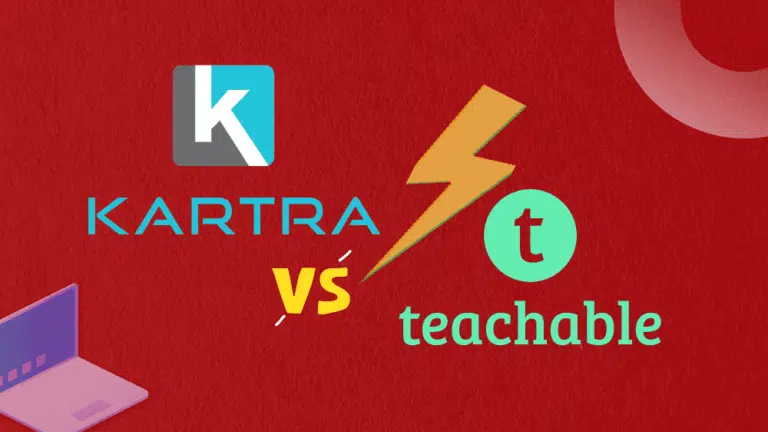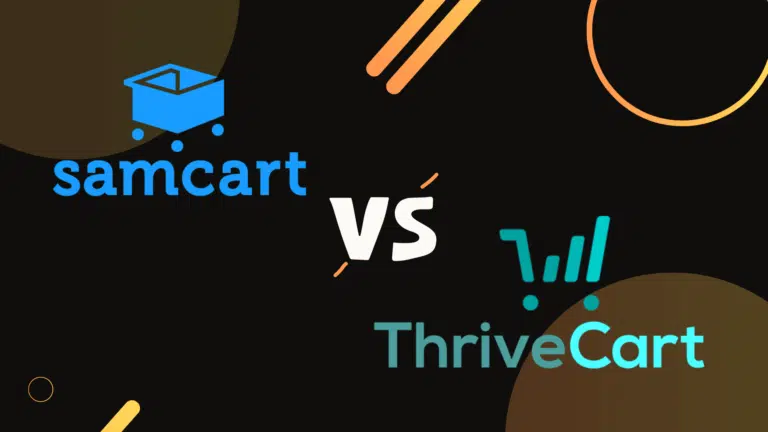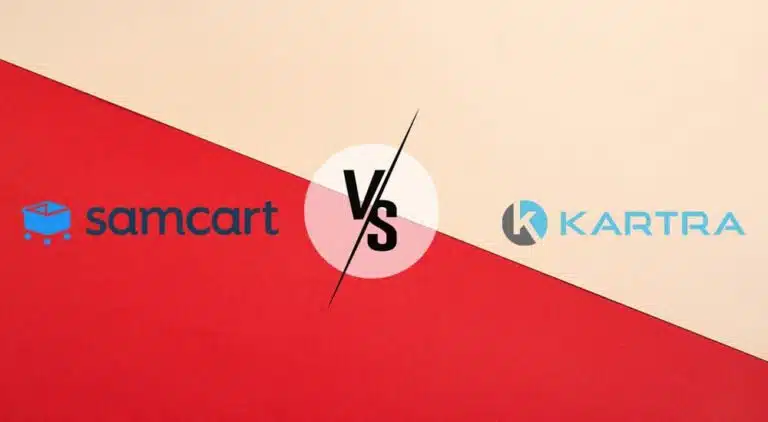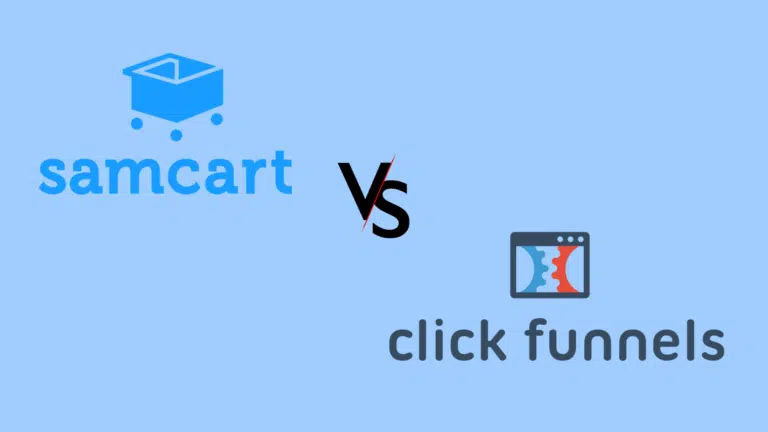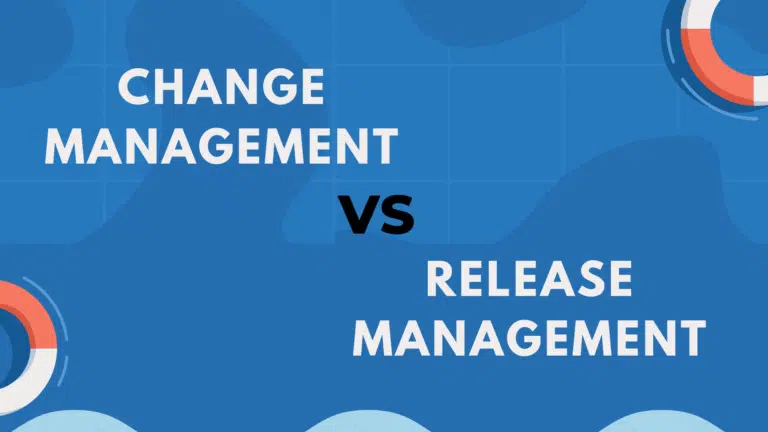Six Sigma and Kaizen methodologies help businesses reduce defects in products and improve products and processes.
Since both frameworks have similar goals, many professionals fail to differentiate these two terms.
Today I am writing this blog post on Six Sigma Vs Kaizen to clarify these concepts and differences.
Six Sigma vs Kaizen
Motorola popularized Six Sigma in 1980, and the credit goes to Motorola’s engineer Bill Smith. The goal of Six Sigma was to reduce the defects in the final product. Six Sigma’s methods are based on statistical data and measurements.
Kaizen is the Japanese term, and this philosophy came into existence after World War II. In 1986, Masaaki Imai published a book titled: Kaizen, the key to Japan’s Competitive Success. He is a person known for popularizing the Kaizen approach.
This philosophy assumes there is always scope for improvement and emphasizes continuous improvement.
Kaizen improves organizational processes continuously and makes them more efficient.
Six Sigma Principles
Six Sigma has the following principles:
- Methods to Simplify and Eliminate Waste: This method uses standard, simple tactics to avoid complexity and reduce defects and waste, thus improving efficiency. This method identifies discrepancies or redundancies that occur in revenue streams and replaces larger parts with smaller ones without compromising quality. This method eliminates anything that does not add value to the customer to prevent unnecessary demonetization of all value streams.
- Customer-Focused Rules: Six Sigma focuses on satisfying customers and building long-lasting relationships. Businesses can do this by solving their customers’ problems and taking care of their needs.
- Data-Based Decision-Making: This method measures metrics and allows data-based decision-making to improve processes and products. This use of data helps avoid biases and brings objectivity to the decision-making process.
- Prepare Your Team: Proper team management is the key to success. The team will perform well if the team members are skilled, knowledgeable, and motivated. This can be achieved by encouraging an open and collaborative environment.
- Consistent Market Observation: Businesses must monitor the market before adopting a Six Sigma project. This will help them understand trends and best practices, so they can adopt them to improve their processes.
Kaizen Principles
Kaizen has the following principles:
- Teamwork: A collaborative and integrated team can achieve goals easily. Collaborative teams have motivated team members who are encouraged to take the lead and responsibility. They perform well, bring new ideas, and avoid conflicts.
- Quality Circles: Kaizen involves quality assurance and quality control personnel. Quality control personnel provide feedback to quality assurance, and in turn, quality assurance personnel update quality procedures and guidelines to improve processes for better efficiency.
- 5S Framework: “5S” refers to “five steps” (e.g., sort, set in order, shine, standardize, and sustain). 5S framework decreases waste and optimizes productivity by cultivating an orderly workplace and using visual cues for consistent operational results.
- Improvement Suggestions: Kaizen promotes continuous improvement, which requires continuous suggestions from all stakeholders. Every individual can contribute, whether they are shop-floor laborers or top management.
Six Sigma vs Kaizen: Key Roles
The key roles in Six Sigma and Kaizen are as follows:
Six Sigma
- Executive Leadership: They provide the vision, resources, and support needed to implement Six Sigma initiatives within the organization.
- Champions: They sponsor the Six Sigma project, ensure that it aligns with the organization’s strategic goals, and provide all necessary resources.
- Master Black Belts (MBB): These professionals are highly trained, experienced, and responsible for overall Six Sigma implementation, mentoring Black Belts and Green Belts, and guiding projects across the organization.
- Black Belts: They lead Six Sigma projects, analyze data, and apply statistical tools to drive process improvements.
- Green Belts: They work under the guidance of a Black Belt, participate in Six Sigma projects, collect and analyze data, and support process-improvement efforts.
- Yellow Belts: They understand Six Sigma concepts, tools, and techniques, and they support improvement projects as team members or subject-matter experts.
- White Belts: They provide introductory knowledge of Six Sigma principles and may participate in improvement projects as team members or support personnel.
Kaizen
- Leadership Team: They set the vision and goals for the organization’s improvement efforts, provide resources, and foster a culture of continuous improvement.
- Kaizen Facilitators: They guide Kaizen events and ensure that the improvement process follows Kaizen principles and methodologies.
- Team Members: These employees actively participate in Kaizen events, contribute ideas and suggestions for process improvements, and implement changes.
- Subject-Matter Experts: These individuals have specialized knowledge and expertise in particular areas relevant to the Kaizen event. They provide insights and guidance during the improvement process.
- Champions: Like Six Sigma Champions, these individuals act as sponsors for Kaizen events, ensure alignment with organizational goals, and provide all necessary resources.
- Coaches/Mentors: These experienced individuals guide and support all teams involved in Kaizen events. They help all teams navigate through the improvement process and overcome challenges.
- Change Agents: These individuals are responsible for driving and managing organizational change. They help sustain all improvements achieved through Kaizen events.
Six Sigma Vs Kaizen: Key Differences
- Focus: Six Sigma aims to reduce defects and variations in processes to achieve near-perfect quality. Kaizen emphasizes continuous improvement in all aspects of an organization (e.g., processes, products, and people).
- Approach: Six Sigma uses a data-driven methodology to identify and eliminate the root causes of problems. Kaizen encourages small, incremental changes made by everyone within the organization to improve efficiency, quality, and customer satisfaction. Kaizen improves the organization overall. Six Sigma has different approaches, each of which is intended to achieve measurable targets.
- Scope: Six Sigma is applied to specific organizational projects or processes. Kaizen principles apply to complete organizations, from frontline workers to management.
- Tools: Six Sigma uses statistical analysis, project methodologies (e.g., DMAIC [Define, Measure, Analyze, Improve, Control] or DMADV [Define, Measure, Analyze, Design, Verify]), process mapping, control charts, etc. Teams can also use statistical techniques (e.g., Pareto charts and root cause analysis) to reach quantified targets. Kaizen uses PDCA (Plan, Do, Check, Act) cycles, Gemba walks (i.e., onsite observations), 5S (Sort, Set, Shine, Standardize, Sustain), visual management, etc.
- Project Duration: Six Sigma projects can be long-term and often last several months to a year. Kaizen activities are ongoing and continuous, with small improvements implemented frequently.
- Organizational Impact and Implementation: Six Sigma emphasizes a top-down approach led by experts and trained professionals, with a focus on breakthrough improvements. Kaizen is a mindset ingrained within the organization’s work culture that promotes employee involvement and empowerment.
While Six Sigma and Kaizen strive for improvement, their approaches, focus areas, and durations differ significantly. Six Sigma is project-based and aims for breakthrough improvements, whereas Kaizen focuses on continuous incremental improvements throughout the organization.
How Six Sigma and Kaizen Help Businesses
Six Sigma focus on the product. It analyzes what defects the product can have and finds ways to reduce them, as well as their root cause, to make the final products high-quality and defect-free. Six Sigma can change the processes, procedures, and policies as needed to achieve this.
Kaizen has a wider approach. It improves every aspect of business, including processes, policy, procedure, environment, employee behavior, etc. It improves the processes, increases efficiency, and continuously motivates employees to perform better.
Kaizen focuses on improving efficiency and affects shop-level workers to top management.
Six Sigma extensively uses data and metrics to improve the processes, while Kaizen uses a combination of approaches to improve the organization’s entire culture. Six Sigma aims to zero defects, while Kaizen aims to improve further.
Six Sigma Vs Kaizen Vs Lean
Since we discussed reducing defects and improving products and processes, it is hard to ignore that the framework helps reduce waste.
Kaizen is a continuous process. It encourages creativity and ingenuity to change organizational culture. Like Six Sigma, they lead an effort to solve waste problems. The 3 Mus: Muda (wastes), Mura (defect/variation), and Muri (strain on staff and machinery), are vital to understanding Kaizen.
Kaizen methodology aims at cutting waste by improving quality, reducing defects/variation, increasing efficiency, and reducing unnecessary tasks.
Six Sigma, Kaizen, and Lean are performance improvement frameworks used together by businesses.
Lean is again a Japanese methodology that focuses on waste elimination. In lean methodology, any processes, procedure, or functionalities that do not add value to the product or customer is a waste, and they must be removed or minimized.
Summary
Though Six Sigma and Kaizen work differently, their end goal is the same, i.e., reduce the defect in the product and continually improve it. These frameworks complement each other, and businesses use them together for better performance.

I am Mohammad Fahad Usmani, B.E. PMP, PMI-RMP. I have been blogging on project management topics since 2011. To date, thousands of professionals have passed the PMP exam using my resources.

